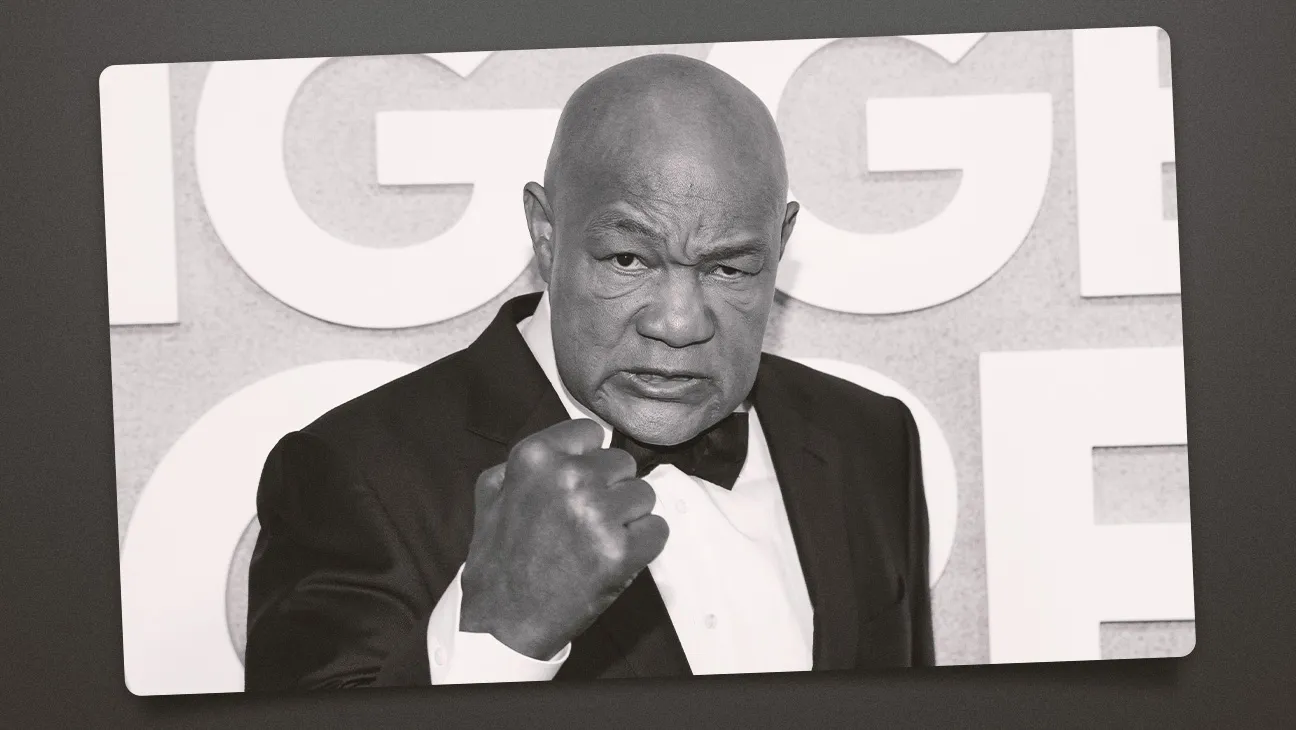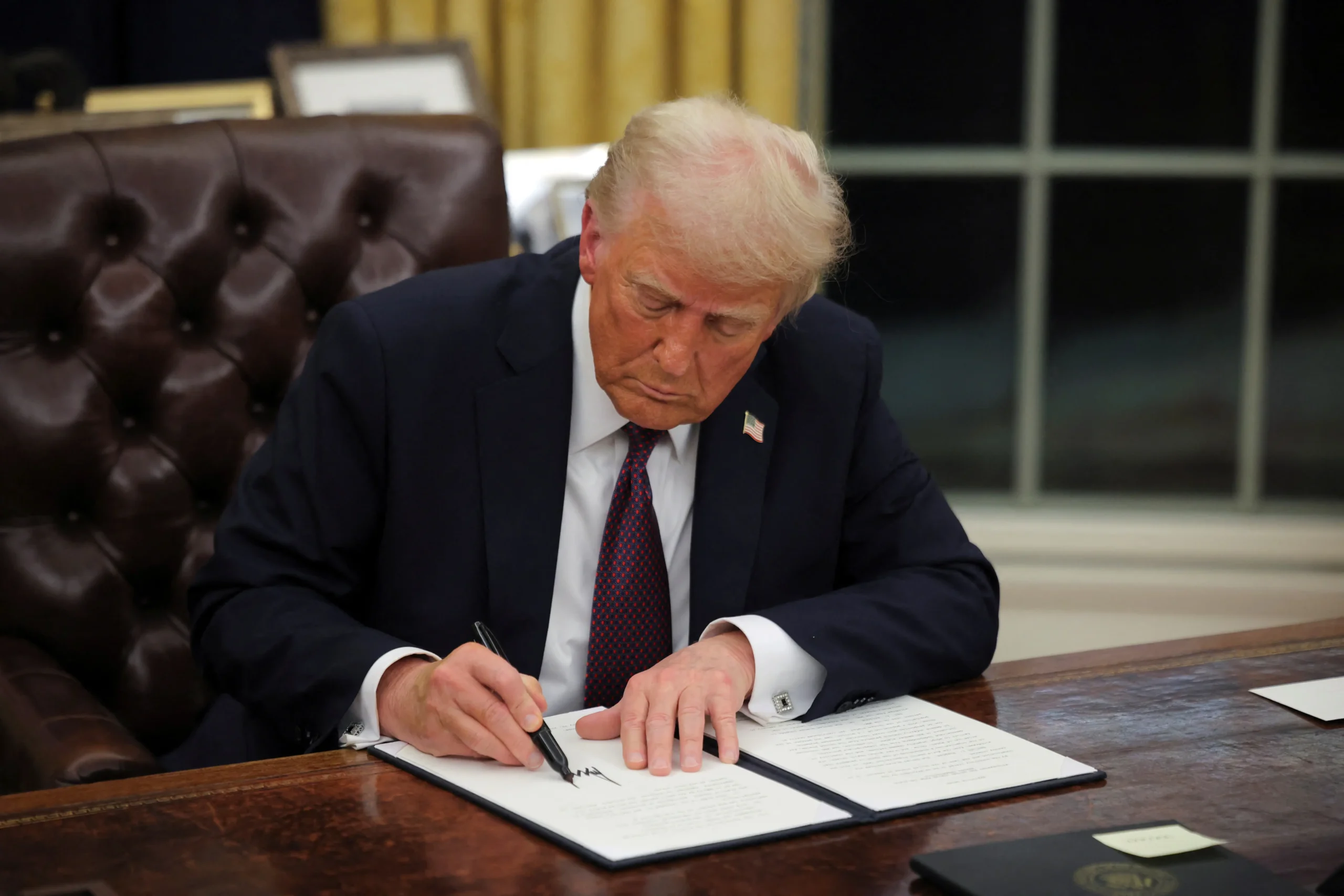Syria’s Civil War Intensifies as Insurgents Seize Aleppo, Prompting Global Concern
Syria’s long-running civil war has reignited global attention as insurgent forces have captured most of the country’s largest city, Aleppo, along with numerous nearby towns and villages. The stunning advance by rebel groups comes amid a shift in the balance of power, as key players in the conflict, including Russia and Iran, have been distracted or weakened. This has led to the heaviest clashes in the region since a 2020 ceasefire had brought relative calm to Syria’s north. In response, Russian and Syrian forces have conducted numerous airstrikes to counter the insurgents’ advances, resulting in significant casualties. The war, which began in 2011 following an uprising against President Bashar al-Assad, involves multiple foreign powers, including the U.S., Russia, and Iran, all of which maintain military presence in Syria. Forces opposed to Assad’s regime, alongside U.S.-backed fighters, now control over a third of the country. Key players in the conflict include: Syrian Pro-Government Forces, backed by Russia and Iran: Syrian government troops, with vital support from Russian and Iranian forces, control most major population centers, including Damascus. However, the recent loss of Aleppo marks a significant setback. Insurgent Groups, backed mainly by Turkey: Anti-government forces, primarily led by Hayat Tahrir al-Sham (HTS), have seized control of much of northwest Syria, with Turkish-backed forces involved in various battles. Syrian Democratic Forces, backed by the U.S.: The Kurdish-led SDF controls large parts of eastern Syria and remains a critical ally of the U.S. in the fight against ISIS, despite facing challenges from Turkish forces. The latest developments highlight the complex, multi-sided nature of Syria’s ongoing conflict, as local and international actors continue to vie for control over the war-torn nation.



